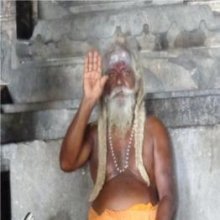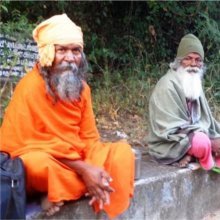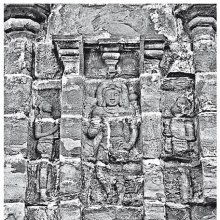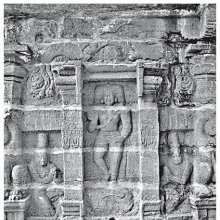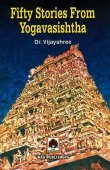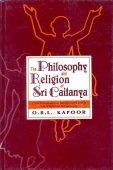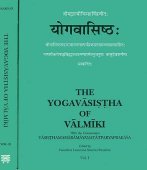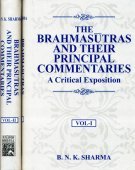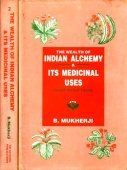Ascetic: 3 definitions
Introduction:
Ascetic means something in Hinduism, Sanskrit. If you want to know the exact meaning, history, etymology or English translation of this term then check out the descriptions on this page. Add your comment or reference to a book if you want to contribute to this summary article.
Images (photo gallery)
(+19 more images available)
In Hinduism
Natyashastra (theatrics and dramaturgy)
Source: Shodhganga: Elements of Art and Architecture in the Trtiyakhanda of the Visnudharmottarapurana (natya)Ascetics and various other characters (in Indian Dramas) were commonly mustached and bearded, as conveyed through the Aṅgaracanā division of Āhāryābhinaya: one of the four divisions of Abhinaya or “ways to convey or represent one’s emotion to others”, according to the Nāṭyaśāstra and the Viṣṇudharmottarapurāṇa, an ancient Sanskrit text which (being encyclopedic in nature) deals with a variety of cultural topics such as arts, architecture, music, grammar and astronomy.—The Nāṭyaśāstra says that after painting the face and other limbs the characters are provided with beard according to their territory, profession and spiritual rites. According to Viṣṇudharmottarapurāṇa, the kings, ascetics, ministers, priests, judges, lovers etc. should be mustached and bearded and the colour of their beard should be white except those of the kings and lovers. All these are the important points in a theatrical performance to project the concerned character in a clear and conspicuous way.

Natyashastra (नाट्यशास्त्र, nāṭyaśāstra) refers to both the ancient Indian tradition (shastra) of performing arts, (natya—theatrics, drama, dance, music), as well as the name of a Sanskrit work dealing with these subjects. It also teaches the rules for composing Dramatic plays (nataka), construction and performance of Theater, and Poetic works (kavya).
Shilpashastra (iconography)
Source: Shodhganga: Elements of Art and Architecture in the Trtiyakhanda of the Visnudharmottarapurana (shilpa)Ascetic people are associated withe the Sentiment of Quietism (śānta), which refers to one of the Nine Sentiments (citrarasa) in ancient Indian Painting (citra), according to the Viṣṇudharmottarapurāṇa, an ancient Sanskrit text which (being encyclopedic in nature) deals with a variety of cultural topics such as arts, architecture, music, grammar and astronomy.—The śāntarasa is depicted through the picture of the ascetic people sitting in Yogic posture or meditation. [...] Thus, painting is a medium of showing the inner feelings and emotions of a painter which can strikes the inherent sentiments of connoisseur’s mind, for example: ascetic people in the sentiment of quietism.
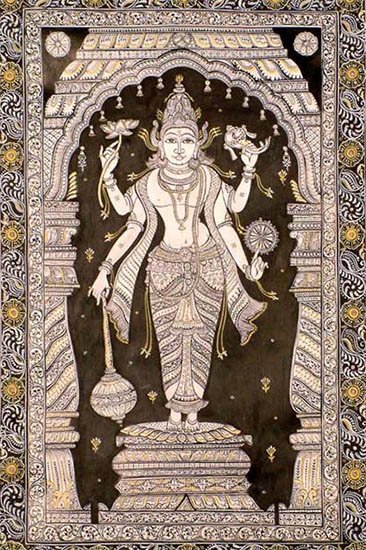
Shilpashastra (शिल्पशास्त्र, śilpaśāstra) represents the ancient Indian science (shastra) of creative arts (shilpa) such as sculpture, iconography and painting. Closely related to Vastushastra (architecture), they often share the same literature.
Yoga (school of philosophy)
Source: ORA: Amanaska (king of all yogas): A Critical Edition and Annotated Translation by Jason BirchAscetics are denoted by the Sanskrit term Śramaṇa, according to the Dattātreyayogaśāstra 41-42.—Accordingly, “Whether a Brahmin, an ascetic (Śramaṇa), a Buddhist, a Jain, a Skull-Bearer or a materialist, the wise man who is endowed with faith and constantly devoted to the practice of [haṭha] yoga will attain complete success”.
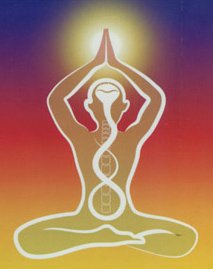
Yoga is originally considered a branch of Hindu philosophy (astika), but both ancient and modern Yoga combine the physical, mental and spiritual. Yoga teaches various physical techniques also known as āsanas (postures), used for various purposes (eg., meditation, contemplation, relaxation).
See also (Relevant definitions)
Starts with: Ascetic clothing, Ascetic observance, Ascetic practice, Ascetic Purification Practices, Asceticism.
Full-text (+2609): Yati, Tapasvin, Shramana, Tapasa, Paramahamsa, Lingin, Muni, Kamandalu, Tapodhana, Matha, Yogi, Parivraj, Raucya, Tapovana, Pravrajita, Vairagin, Hamsa, Vrishi, Vrikshavasa, Savadya.
Relevant text
Search found 296 books and stories containing Ascetic; (plurals include: Ascetics). You can also click to the full overview containing English textual excerpts. Below are direct links for the most relevant articles:
Ramayana (by Manmatha Nath Dutt)
Chapter L < [Book 1 - Bāla-kāṇḍa]
Chapter IV < [Book 1 - Bāla-kāṇḍa]
Chapter LX < [Book 1 - Bāla-kāṇḍa]
Vinaya Pitaka (3): Khandhaka (by I. B. Horner)
On the miracles at Uruvelā < [1. Going forth (Pabbajjā)]
The story of Keṇiya the matted-hair ascetic < [6. Medicine (Bhesajja)]
The story of one suspended for not seeing an offence < [1. Going forth (Pabbajjā)]
Mahabharata (English) (by Kisari Mohan Ganguli)
Section 50 < [Shalya Parva]
Section CLXXVII < [Uluka Dutagamana Parva]
Section CCXVIII < [Arjuna-vanavasa Parva]
Tattvartha Sutra (with commentary) (by Vijay K. Jain)
Verse 9.24 - The ten subdivisions of respectful service (vaiyāvṛttya) < [Chapter 9 - Stoppage and Shedding of Karmas]
Verse 9.12 - All afflictions are possible in the ascetic with gross passions < [Chapter 9 - Stoppage and Shedding of Karmas]
Verse 9.34 - The possessors of the four types of sorrowful meditation < [Chapter 9 - Stoppage and Shedding of Karmas]
As Long As The Noble Eightfold Path Is Practiced
The Buddha's First Sermon < [Forty-five Years Of Teaching]
A Discourse on Paticcasamuppada (by Venerable Mahasi Sayadaw)
Chapter 8 - The Story Of Korakhattiya < [Part 7]
Chapter 7 - Silabbatupadana < [Part 7]
Chapter 16 - Attachment To Belief < [Part 8]
Related products
(+3 more products available)
